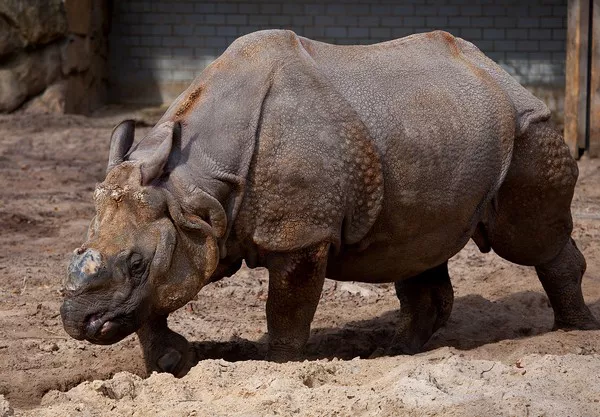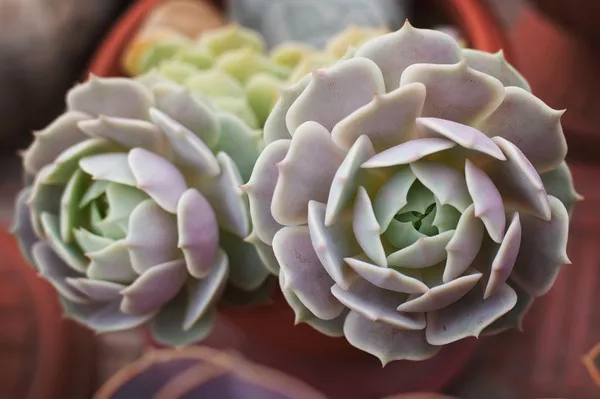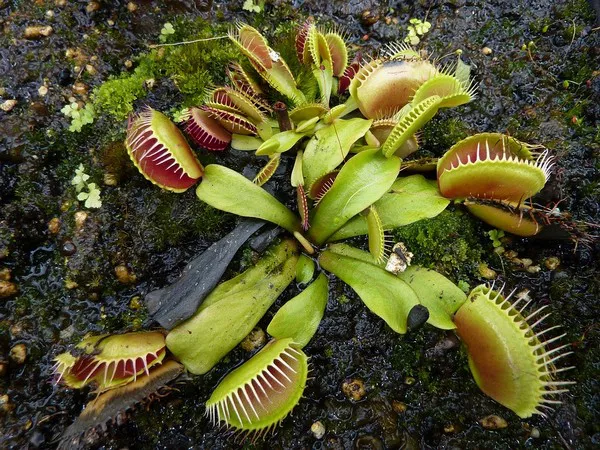The diversity of life on Earth is a testament to the planet’s evolutionary ingenuity, with mammals representing a remarkable array of forms, behaviors, and adaptations. Yet, within this vast tapestry of biodiversity, there exist creatures that defy easy categorization – the rarest of the rare. These elusive mammals, often teetering on the brink of extinction, occupy a unique place in the natural world, captivating the imagination of scientists, conservationists, and the general public alike. In this article, we embark on a journey to uncover the secrets of the 10 rarest mammals on the planet, delving into their unique characteristics, habitats, and the conservation efforts aimed at ensuring their survival.
The Importance of Rarity in Conservation:
Before delving into the specifics of each rare mammal, it is essential to understand the significance of rarity in the context of conservation biology. Rare species, by their very scarcity, often possess unique genetic adaptations and ecological roles that contribute to the overall resilience of ecosystems. They may represent evolutionary lineages that have persisted for millions of years, offering valuable insights into the processes of speciation and adaptation.
Moreover, rare mammals serve as indicators of ecosystem health, with their presence or absence reflecting the integrity of their habitats. As such, conserving rare species is not only a matter of preserving biodiversity but also safeguarding the services and resources upon which human societies depend.
However, rarity also presents challenges for conservation efforts, as limited populations are more vulnerable to stochastic events such as disease outbreaks, natural disasters, and demographic fluctuations. Additionally, the elusive nature of rare mammals often complicates efforts to study and monitor their populations, further underscoring the need for targeted conservation strategies.
Exploring the 10 Rarest Mammals in the World:
1. Javan Rhino (Rhinoceros sondaicus):
With an estimated population of fewer than 70 individuals, the Javan Rhino stands as one of the rarest mammals on Earth. Endemic to the dense rainforests of Java in Indonesia, this solitary and secretive rhinoceros is distinguished by its smaller size and distinctively shaped horn. Habitat loss and poaching for its horn have decimated Javan Rhino populations, pushing the species to the brink of extinction. Conservation efforts focused on protecting remaining habitat, increasing anti-poaching measures, and establishing captive breeding programs offer hope for the Javan Rhino’s survival, but the species remains critically endangered.
2. Yangtze River Dolphin (Lipotes vexillifer):
Once hailed as the “goddess of the Yangtze,” the Baiji, or Yangtze River Dolphin, is now on the verge of extinction. With no confirmed sightings since 2002, this enigmatic cetacean is considered functionally extinct, with fewer than 20 individuals believed to remain in the wild. Pollution, habitat degradation, and overfishing have driven the Baiji to the brink, highlighting the urgent need for conservation action to protect the remaining individuals and their freshwater habitat.
3. Vaquita (Phocoena sinus):
The Vaquita, the world’s smallest and most endangered cetacean, inhabits the murky waters of the Gulf of California in Mexico. With fewer than 10 individuals remaining in the wild, the Vaquita is on the brink of extinction due to illegal fishing for the critically endangered Totoaba fish, whose swim bladder is highly prized in traditional Chinese medicine. Despite international efforts to curb illegal fishing and protect Vaquita habitat, populations continue to decline precipitously, underscoring the urgent need for conservation action.
4. Northern Hairy-Nosed Wombat (Lasiorhinus krefftii):
Endemic to a small region of Queensland, Australia, the Northern Hairy-Nosed Wombat is one of the rarest marsupials on Earth, with fewer than 300 individuals remaining in the wild. Threatened by habitat loss, competition with introduced species, and disease, this burrowing herbivore is teetering on the brink of extinction. Conservation efforts focused on habitat restoration, predator control, and disease management are crucial for the survival of the Northern Hairy-Nosed Wombat.
5. Pygmy Three-Toed Sloth (Bradypus pygmaeus):
Endemic to Isla Escudo de Veraguas off the coast of Panama, the Pygmy Three-Toed Sloth holds the title of the world’s smallest sloth species. With fewer than 100 individuals remaining in the wild, this diminutive sloth is threatened by habitat loss, climate change, and human disturbance. Conservation efforts aimed at protecting the Pygmy Three-Toed Sloth include habitat restoration, research to better understand its ecology and behavior, and efforts to engage local communities in conservation initiatives.
6. Baijiu (Pseudooryzomys simplex):
Found only in a small areaof Brazil’s Atlantic Forest, the Baijiu is one of the rarest rodents in the world. With a population of fewer than 200 individuals, this elusive species is threatened by habitat loss and fragmentation due to deforestation and agricultural expansion. Conservation efforts focused on protecting remaining forest habitat and establishing wildlife corridors are crucial for the survival of the Baijiu.
7. Cebu Flowerpecker (Dicaeum quadricolor):
Endemic to the island of Cebu in the Philippines, the Cebu Flowerpecker is one of the rarest birds in the world. With fewer than 50 individuals remaining in the wild, this tiny, brightly colored bird is threatened by habitat loss, deforestation, and illegal trapping for the pet trade. Conservation efforts focused on habitat restoration, captive breeding, and community education are essential for the survival of the Cebu Flowerpecker.
8. Hainan Gibbon (Nomascus hainanus):
Endemic to the island of Hainan in China, the Hainan Gibbon is one of the rarest primates on Earth. With fewer than 30 individuals remaining in the wild, this critically endangered gibbon is threatened by habitat loss and fragmentation due to logging, agriculture, and infrastructure development. Conservation efforts focused on protecting remaining forest habitat, establishing protected areas, and engaging local communities in conservation initiatives are crucial for the survival of the Hainan Gibbon.
9. Greater Bamboo Lemur (Prolemur simus):
Endemic to the rainforests of Madagascar, the Greater Bamboo Lemur is one of the rarest lemurs in the world. With fewer than 100 individuals remaining in the wild, this critically endangered primate is threatened by habitat loss, slash-and-burn agriculture, and hunting. Conservation efforts focused on protecting remaining bamboo forest habitat and establishing protected areas are crucial for the survival of the Greater Bamboo Lemur.
10. Hirola (Beatragus hunteri):
Endemic to northeastern Kenya and southern Somalia, the Hirola is one of the rarest antelopes in the world. With fewer than 500 individuals remaining in the wild, this critically endangered species is threatened by habitat loss, competition with domestic livestock, and predation by carnivores. Conservation efforts focused on habitat restoration, anti-poaching measures, and community-based conservation initiatives are crucial for the survival of the Hirola.
See Also: The Largest Mammal To Ever Roam The Earth
Conclusion:
In conclusion, the 10 rarest mammals in the world represent a diverse array of species facing imminent threats to their survival. From the majestic Javan Rhino to the diminutive Pygmy Three-Toed Sloth, these creatures inhabit some of the most pristine and inaccessible environments on our planet. However, they are also among the most vulnerable, with limited populations and shrinking habitats putting them at risk of extinction. Urgent action is needed to address the underlying drivers of their decline and ensure their continued existence for future generations. By supporting conservation efforts, raising awareness, and advocating for policies that prioritize biodiversity conservation, we can safeguard the rarest mammals on Earth and preserve the rich tapestry of life for generations to come.
You Might Be Interested In:























